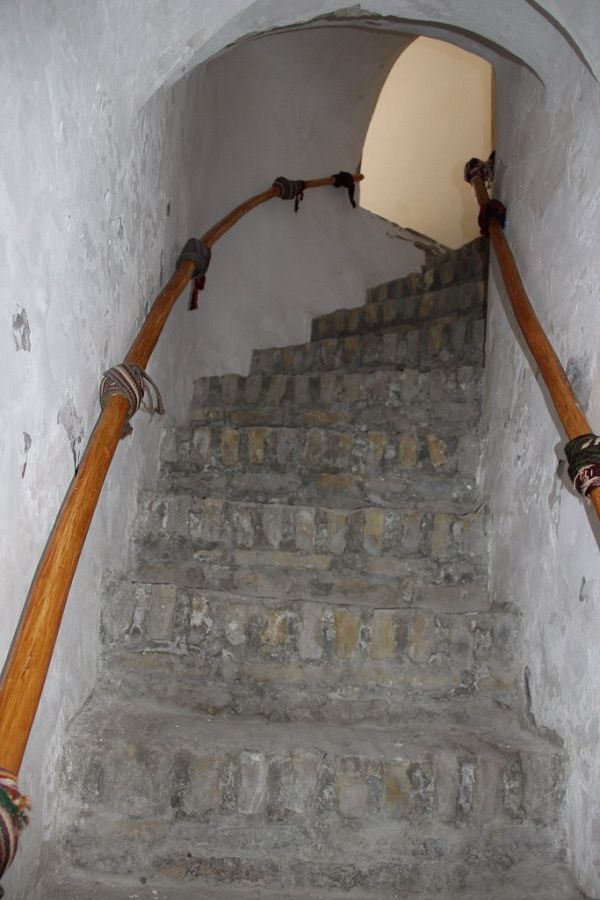Chor Minor in Bukhara
In the northeastern part of Bukhara, there is an unimaginably beautiful madrasah, whose name translates from Persian into Russian as "Four Minarets." This architectural complex consists of four structures representing the symbols of the four cardinal directions.
A madrasah is an Islamic educational institution. The Chor minor is distinguished by non-traditional forms for madrasahs with four minarets. Despite the fact that the building is quite compact, it looks austere and majestic. Admission to the madrasah is free. Inside, you can go up to the second floor.
History
This architectural landmark of Bukhara is not so ancient — it dates back just over 2 centuries. It is known that the initiator of the construction of the madrasah was the wealthy merchant Khalifa Niyazkul-bek, who ordered the construction of the building, which became part of the cultural heritage of the city, in 1807.
Historians say that a rich Turkmen who sold horses and carpets once visited the Taj Mahal and, inspired by the beauty and grandeur of this structure, wanted to build something similar. First, the Caliph sketched the madrasah, then gathered the best architects around him, setting them two difficult tasks. The first task was to make one of the sections of the Silk Road serve as a place for construction, so that Turkmen travelers could stop at the madrasah for a rest. The second task set by the merchant was to make the building a kind of symbol and personify the equality of the four cardinal points for everyone. Caliph Niyazkul bey wanted to show by this that people all over the world are equal and live under a single firmament.
The merchant's idea came true. Chor Minor was built on the Great Silk Road. And the madrasa appeared before the amazed audience in the form of a tandem of four minarets. The towers have the same height, but each of the buildings differs in its individual architectural form, ornaments and cladding patterns.
According to other evidence, a madrasah existed here as early as the end of the 17th century. Due to the unusual structure of the towers of Chor Minor, it is sometimes assumed that these are only the gates of another large destroyed madrasah. However, most researchers believe that the structure is a self-sufficient complex of ritual and residential buildings. However, there is no unanimously accepted version of what the madrasa looked like before, and the debate continues that some structures were destroyed or never existed. The Chor Minor Madrasah is now included in the UNESCO World Heritage List.

























